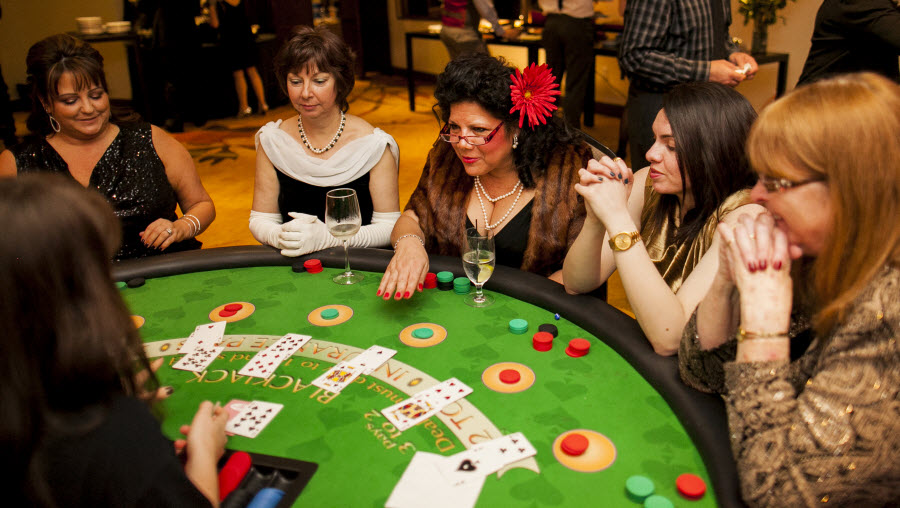Try Online Casino

Maximum irritation leading to painful moments. You’ve just messed up a possible playable hand and a pair of flops suddenly pops up. An uncomfortable feeling because you have done something wrong. You were sure you were doing the right thing but now you can’t help but feel irritated. Doesn’t that always seem to be the case? But how often does this sort of thing happen?
Played Pockets
How Often Have You Hit Two Failures? We will rule out the case of pocket pairs being played differently. That leaves us with all the other combinations .
About 6% of the time you will get pocket pairs, so 94% of all pockets will not be pocket pairs. Check out the Opportunities of Pocket Pair.
Two fail
Now, how often does the flop match?
After the two pocket cards have been removed, there are (50c3) = 19600 possible flops. They are pretty much the same as the logical value of poker is identical. But that’s not about calculations. The question is how many contain the same two ranks as our pocket cards?
There are 3 more cards in the same rank with each pocket card. For example, our pocket contains 2 5 . There can be 3 matching cards to each of these two cards so there are 9 possible ways you can draw a matched pair on the flop, ie. 2 5 , 2 5 , 2 5 , 2 5 , 2 5 , 2 5 , 2 5 , 2 5 , 2 5 . There are 44 remaining cards that can complete the flop (52 minus our pockets minus 6 cards that can be used as two pairs) so there are 9 * 44 = 396 flops which contain one of our 9 combinations of 2 cards plus the third card does not match one of the pocket cards we. That gives us a 396/19600 = 2.02% chance of dropping exactly two pairs
In our calculations, all hands have been removed and a full house has been removed. This actually makes the calculations a lot simpler. If one full house and four of a kind are allowed, it will add another 84 combinations.
Total
We know that 94% of pockets are pocket pairs, so we apply that to our 2% chance of catching both of our pocket cards on the flop. 94% * 2% = 1.9%. So 1.9% is the first place in a pair that doesn’t start when your flip flops catch the two most likely pairs, and not the chance to catch a full house. That doesn’t seem high! Another way to think about it is that this will happen in every 52nd hand. If full houses and quads are allowed, it increases the odds to every 43rd hand.
So a 50:1 chance of playing two pairs counts. Such odds are never profitable in hold’em. So, whatever the reason, the pocket is most likely valid – and the fact that the two pairs are on the rise is completely irrelevant.
Permutation Method
An alternative way to calculate it is to use permutations. In this particular case it might actually be a shorter formula, but it might be a little more difficult to explain.
If one card is drawn, there is a 6 in 50 chance of matching one of the pocket cards. If matched, there is now a 3 in 49 chance of matching another pocket card. For the last card, this should be just another match, so the odds are 44 in 48. So the flop on the first and second cards equaling odds is 6/50 * 3/49 * 44/48 = 0.6735%.
Notice that the last term 44/48 is the two pairs of interest since then. If another card of a match comes, it will result in a full house instead of two pairs. Thus only 44 cards are allowed.
There are three match sequences: First, Second, Any; First, Anything, Second; and Any, First, Second. Since we don’t care which card comes up, it means any of these three possibilities will be valid. 0.6735% * 3 = 2.02% – The same probability we got using the previous method.
Here’s another very different way of getting the same result: In this case the single order is 3/50 * 3/49 * 44/48 = 0.3367%. In this case there are three terms: Match A; Match B; Anything. The result is (3 * 2 * 1) = 6 total 6 * 0.3367% = 2.02% for 6 possible orders.
Any foreign poker terms in this article? Use the poker glossary